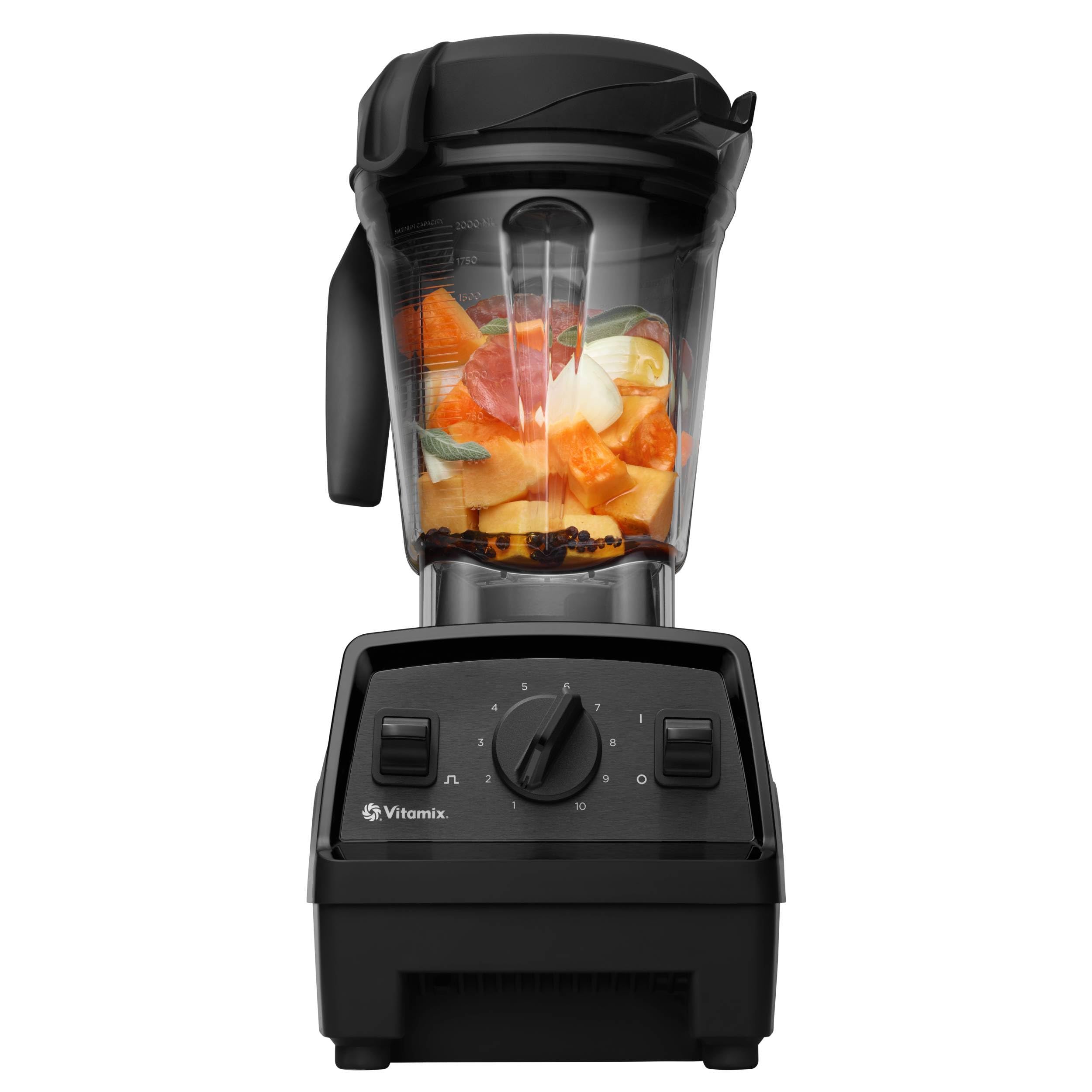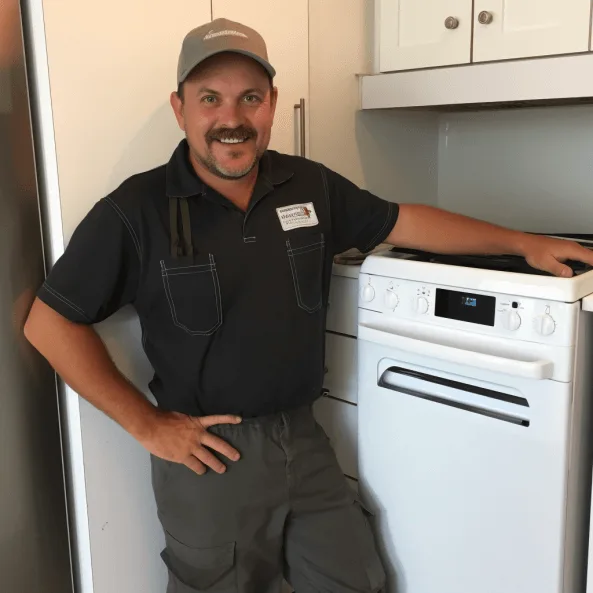Are you tired of seeing that pesky E1 error flashing on your dishwasher? Picture this: you have a sink full of dirty dishes, and your dishwasher decides to act up. Frustrating, right? Well, worry not! In this article, we’ve got your back with simple solutions to tackle the E1 error like a pro.
Imagine the convenience of having your dishwasher back in action, effortlessly cleaning your dishes without any hiccups. That’s exactly what you can look forward to after reading through our easy-to-follow tips and tricks. Say goodbye to the E1 error and hello to smooth dishwashing experiences in no time.
Understanding the E1 Error
When your dishwasher displays an E1 error, it’s giving you a signal that something is amiss. Here’s what you need to know to get to the root of the issue:





- Check the Water Supply: Ensure that the water supply to the dishwasher is free-flowing and not restricted.
- Inspect Drainage: Look for any clogs or blockages in the dishwasher’s drainage system that may be causing the error.
- Monitor the Inlet Valve: The inlet valve controls the entry of water into the dishwasher. Check if it’s functioning correctly.
- Review the Water Level: Make sure the water level in the dishwasher is within the appropriate range to prevent the E1 error.
- Examine the Pump: The pump plays a crucial role in the dishwasher’s function. Check for any malfunctions or blockages in the pump system.
- Power Supply Check: Sometimes, an unstable power supply can trigger the E1 error. Ensure a stable power source for your dishwasher.
- Consult the Manual: If you’re uncertain about any specific details, refer to the dishwasher’s manual for guidance on troubleshooting the E1 error.
By understanding the possible causes behind the E1 error, you’re equipped to tackle the issue effectively and get your dishwasher back up and running in no time.
Checking for Basic Issues
When troubleshooting the E1 error on your dishwasher, it’s essential to start by looking into some basic issues that often cause this problem. Here are a few steps to help you identify and address these common issues:
- Check the Water Supply:
Observe if the water supply to the dishwasher is adequate. Ensure that the water inlet valve is fully open and free from any blockages. - Inspect Drainage System:
Examine the drainage hose for any kinks, clogs, or bends that might hinder proper water drainage from the dishwasher. - Verify the Inlet Valve:
Confirm that the inlet valve of the dishwasher is functioning correctly and providing water as needed for the wash cycle. - Monitor Water Level:
Check the water level in the dishwasher during operation. An incorrect water level could trigger the E1 error. - Assess the Pump:
Inspect the dishwasher pump for any debris or foreign objects that could impede its operation and cause the error code to display. - Test the Power Supply:
Ensure the dishwasher is receiving adequate power supply by checking the connection and verifying that there are no issues with the electrical outlet.
By addressing these basic issues systematically, you can often pinpoint the root cause of the E1 error on your dishwasher and take steps to resolve it effectively. Remember to consult your dishwasher’s manual for specific instructions tailored to your appliance.
Inspecting the Water Supply
When troubleshooting the E1 error on your dishwasher, start by inspecting the water supply to ensure everything is working correctly. Here are some steps to guide you through the process:
- Check the Water Valve: Make sure the water valve is fully open to allow proper water flow into the dishwasher.
- Inspect the Water Inlet Hose: Look for kinks, clogs, or any visible damage that may be restricting water flow.
- Verify Water Pressure: Ensure that the water pressure is sufficient for the dishwasher to operate efficiently.
By examining these key elements related to the water supply, you can identify and address any issues that might be causing the E1 error on your dishwasher. Remember, a well-functioning water supply is crucial for the proper operation of your appliance.





Examining the Drainage System
When dealing with an E1 error on your dishwasher, Examining the Drainage System is crucial. Here’s how you can go about it:
- Check the Drain Hose: Ensure the drain hose is free from clogs or kinks that might obstruct water flow.
- Inspect the Drain Pump: Look for any debris or buildup in the drain pump that could be causing the error.
- Clean the Filter: A dirty filter can impede proper drainage. Remove and clean it regularly to prevent issues.
- Verify the Air Gap: Make sure the dishwasher’s air gap is clear to prevent backflow and aid proper drainage.
- Test the Drainage: Run a quick cycle to observe how well the dishwasher drains. Any sluggishness could point to a drainage issue.
Remember, a well-functioning drainage system is essential for your dishwasher to operate smoothly and prevent error codes like E1.
Resetting the Dishwasher
When facing an E1 error on your dishwasher, one effective troubleshooting step is resetting the appliance. This simple action can often resolve the issue quickly. Here’s how you can go about it:
- Turn off the dishwasher: Locate the power source of your dishwasher and switch it off. This step is crucial before initiating a reset.
- Wait for a few minutes: Give the dishwasher a brief break by waiting for about 5-10 minutes. This pause allows the appliance to reset internally.
- Turn the power back on: After the short waiting period, switch the power back on. This action restarts the dishwasher’s system.
- Run a test cycle: To confirm if the reset has been successful, run a test cycle on the dishwasher. Check for any error codes, including the E1 error.
By following these steps, you might be able to clear the E1 error from your dishwasher, restoring its functionality without the need for further technical intervention.
Conclusion
You now have a simple solution to tackle the pesky E1 error on your dishwasher. By resetting the appliance following the outlined steps, you can troubleshoot the issue effectively. Remember to power off, wait a bit, power on, and run a test cycle to verify the error status. With these straightforward actions, you may be able to resolve the E1 error on your dishwasher independently, saving time and hassle. Give it a try and enjoy a smoothly running dishwasher once again.





Frequently Asked Questions
What is the main focus of the article?
The article focuses on resetting the dishwasher to troubleshoot and potentially resolve an E1 error.
Why is resetting the dishwasher important when encountering an E1 error?
Resetting the dishwasher can help clear the error code and restore the appliance’s functionality.
Can you provide a summary of the step-by-step guide to reset the dishwasher?
Sure, the steps include turning off the dishwasher, waiting a few minutes, turning it back on, and running a test cycle to check for error codes like E1.
How does following the instructions in the article help readers?
By following the guide, readers can troubleshoot the E1 error themselves, potentially saving time and money on technical assistance.

Hi, I’m Charlie, and I cover all things laundry here at Appliance Mastery.
I’ve spent over eight years working on washing machines, dryers, and dishwashers. I also have a degree in mechanical engineering, which helps me understand how these appliances really work.
I try to make every guide clear and practical. If you’re stuck with a noisy dryer or a leaking washer, I’ll help you figure out what’s wrong and how to fix it.
